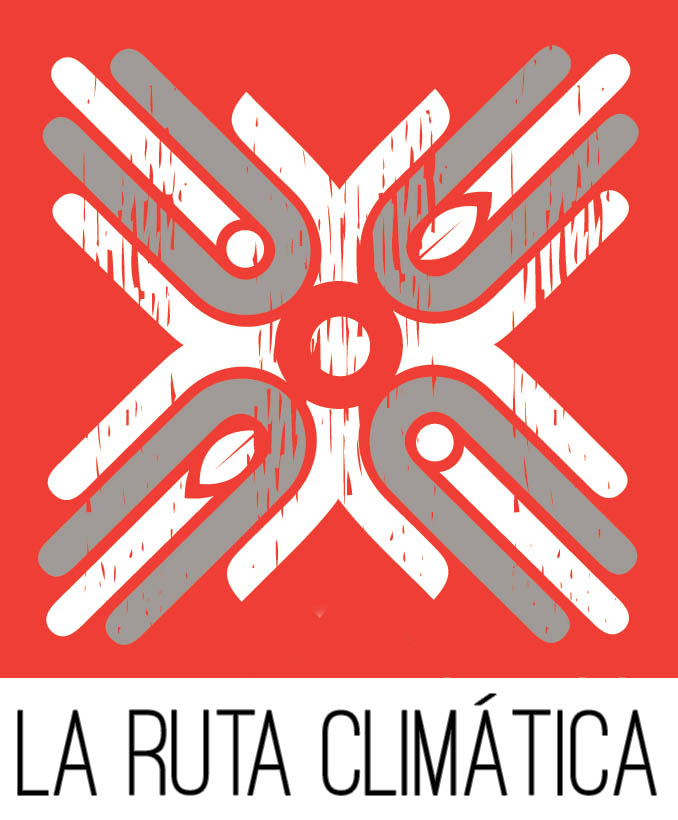Description
The Climatic Route is an educational, practical and experiential program that allows girls, boys, adolescents, youth and adults to participate in ecological initiatives such as the responsible reforestation of an affected area, or the cleaning of a river, beach, lake, gaps, or participation in talks, talks and workshops.
The Climatic Route, born from the opportunity to generate social change and effective participation in environmental matters in the most remote communities of Ecuador and also in the main cities, is a long-term remediation project with monthly goals and objectives, in each one of the provinces of the country. The Climatic Route currently consists of a team of 4 professionals who travel through Ecuador to train students on conservation issues of natural areas, indigenous communities to promote the rights of nature, training teachers to spread the care of the planet to their students, reforesting areas where the man has done so much damage, collecting garbage from the main busiest places in a sector, photographing the species as a tool for conservation, investigating the quality of water in contaminated areas, proposing water purification mechanisms conventional, and organizing a global community to fight for the collective benefit of conserving the planet.
Objectives and beneficiaries
The main goals are:
- To generate a mobile space for citizen participation in climate change and conservation;
- Tour the 24 provinces of Ecuador, and in each locality execute at least one climate initiative;
- To educate and train new leaders for the global conservation of the planet;
- To visit educational institutions to formalize participation agreements;
- To remediate areas affected by anthropic effects;
- To encourage the Ecuadorian community to participate in ecological activities of collective benefit;
- To collect enough information from each of the initiatives carried out in the cities visited for the ultimate purpose of the project to be translated into a documentary.
Being a project where many disciplines converge, it tends to reach several people, so the main beneficiaries are students from schools, colleges, universities, as well as teachers and independent leaders.
Strong points of the solution
The program has as the focal point the tour of 24 provinces, its main cities, and towns.
Community participation has been identified as the strongest point, as well as the links with associations and civil society organizations that are integrated into the dialogue tables and that actively integrate the recovery teams of affected areas, the link with the public sector for the provision of inputs such as plants for reforestation, ecological transport to move from town to town, the use of environmentally friendly materials for the dissemination of environmental content, the constant training of the team, as well as the inclusion of volunteers who now count about 80 people.
Expected results and benefits for climate change adaptation and mitigation
The Climate Route has set a precedent in terms of education for environmental conservation. One of the main benefits is the acceptance of the community and the active participation of local citizens. The project is expected to be operated simultaneously in each of the provinces of Ecuador (so far, an annual activity is carried out by province, due to for budgetary reasons). The results of the implemented initiatives are also expected to rescue the ancestral customs of local communities which are suffering due to the globalization and forced westernization. The program also aims to become a reference example in Latin America for multipurpose initiatives that seek to mitigate the effects of climate change while preserving the resources, with a focus on promoting collective rights to nature.
Scalability potential of the solution
Once the 24 provinces of Ecuador are covered (with at least one environmental initiative carried out in each of them), the project is expected to visit the main countries of the American continent and then further in Europe and Asia. The project creates activities that are replicable in different locations. As the project grows, more citizens are interested in participating actively (many of them are currently volunteer members of the project).
[Editor's Note: All information published as submitted by the author(s). Minor edits may have been made for length and clarity.]







